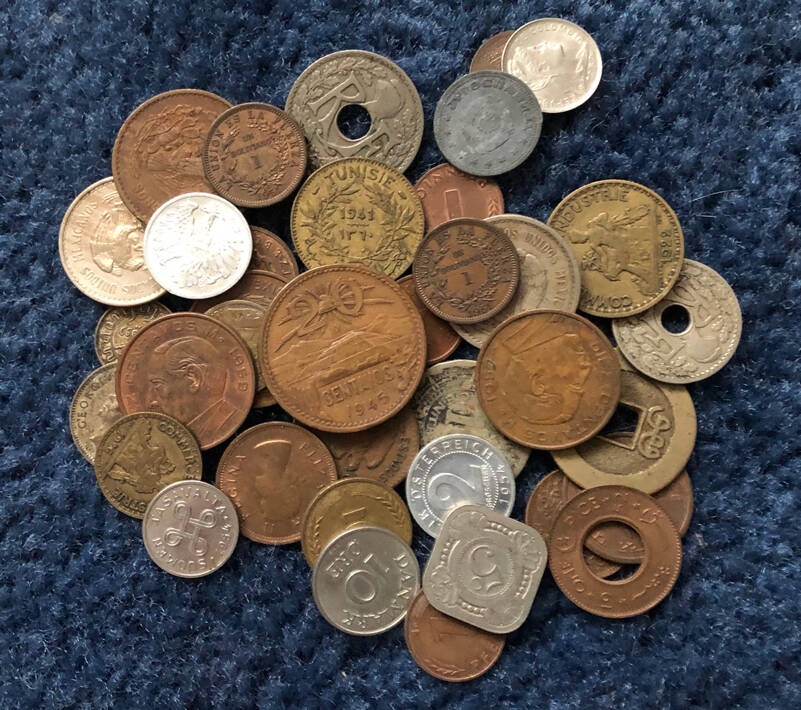By Morf Morford
Tacoma Daily Index
The idea of yield curves, inverted or not, might make most of us roll our eyes and zone out, but the principle is very simple.
Under normal, stable economic conditions, to put it simply, we expect the future to be more prosperous than the present.
Underlying all of our other career or investment strategies is the shared belief that tomorrow will be better than today.
In response, a normal yield curve reflects higher interest rates for 30-year bonds as opposed to 10-year bonds.
If you think about it, if you are lending your money for a longer period of time, you expect to earn a higher return.
A longer period of time increases the probability of unexpected negative events – but also allows more recovery time.
An inverted yield curve occurs due to the perception of long-term investors that interest rates will decline in the future.
This can happen for a number of reasons, but one of the main reasons is the expectation of a decline in inflation.
Yes, you read that right, a DECLINE in inflation.
As a reminder, inflation is an economic concept that refers to increases in the price level of goods over a set period of time.
The rise in the price level is an indicator that the currency in a given economy loses purchasing power (less can be bought with the same amount of money).
In other words, inflation is not exactly that the costs of products go up, but that the value of our dollars to purchase products goes down.
When the yield curve starts to shift toward an inverted shape, it is perceived as a leading indicator of an economic downturn. Such interest rate changes have historically reflected the market sentiment and expectations of the economy.
In fact an inverted yield curve is widely read as a sign of impending economic recession, a significant decline in economic activity that lasts for months or even years.
According to the Federal Reserve Bank of San Francisco, the yield curve has inverted before each recession since 1955, with the economy taking a hit between six and 24 months following the beginning of the inversion.
That makes seven recessions preceded by inverted yield curves.
The yield curve, like every indicator or form of measurement, does not cause recession but only represents how bond traders (among others) see the economy evolving over the coming years.
The yield curve inverts when traders sell short-term bonds and park money in long-term bonds.
It’s a sign that investors expect long-term interest rates to decline, which typically happens during economic slow downs or recessions.
The curve is usually upward sloping, with longer-duration bonds offering a higher yield than short-duration ones. That’s because, both the risk of investment falling in value and growth prospects are higher with longer-duration bonds than shorter ones.
In other words, as we are seeing inflation increase, long term investors are seeing an end, or even decline in inflation and, as interest rates are increasing, and expected to increase even more, at least in the next year or two (or three), the long term prognosis is that they will decline in the foreseeable future.
To put this in every day language, this type of yield curve is said to be in the state of backwardation.
In response, many investors want to keep their assets relatively liquid. The result is that a 5-year note pays more than a 10-year note. And a 10-year note pays more than a 30-year note.
Inverted yield curve is of course a semi-technical term.
Inflation, as many of see every time we buy anything, means everything is getting more expensive by the day.
A decline in inflation seems like an answer to all of our financial problems – until we experience it.
The same with interest rates – they only go down because the shared faith in our economy is going down.
The cost of money, like the cost of gas, goes up as the demand increases.
The long term value of our dollar increases only as our faith in it increases.
And its value falls as our faith falters.
Where do you see yourself in five years?
A common job interview question used to be “Where do you see yourself in five years?”.
Yield curves, inverted or not, are a leading indicator, not only of our economy, but of our shared faith in where it is going.
In other words, the yield curve is where those who look closely at monetary policy see the entire economy in five, or ten or thirty years. From almost any perspective, the underlying economy looks vulnerable to economic and market forces in ways few of us could have imagined just a few years ago.
From production to supply chain disruptions to wars and upheavals around the world, the stresses and fractures points on a transport-based global economy are too many to keep track of, and they all leave their mark on an increasingly interconnected market.
As with any barometer or measurement, from body temperature to fuel tank level, inverted is rarely a positive indicator.
Yield curves, as mind-numbing as they might be, inverted or not, are just a monitor, a body temperature if you will, of our overall economic health and vitality.





